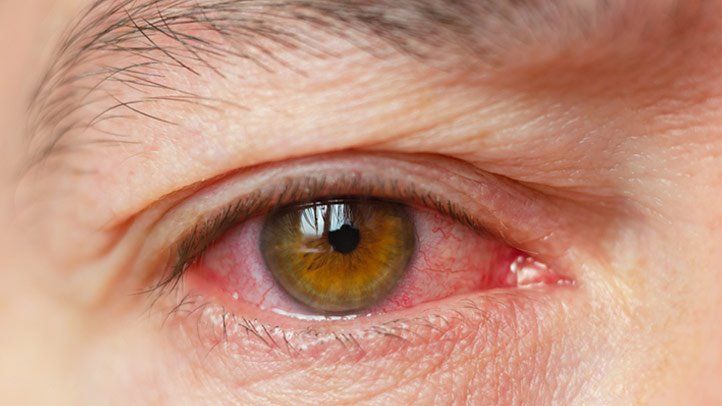Dry eyes syndrome, also known as keratoconjunctivitis sicca, is a condition that occurs when the eyes do not produce enough tears to keep them adequately lubricated. It can be uncomfortable and cause symptoms ranging from visual disturbances to eye irritation and redness. To find relief, it’s important to understand what causes dry eyes syndrome and how it can be treated.
What is Dry Eyes Syndrome?
Dry eyes syndrome is an eye disorder caused by reduced tear production or an impaired ability to produce tears. This can lead to uncomfortable symptoms such as redness, itching, burning and stinging in the eyes, sensitivity to light, blurred vision, and even the feeling of something foreign in the eye. It’s important to understand what causes these symptoms in order to find relief and prevent further exacerbation of dry eye syndrome.
Common Causes of Dry Eyes Syndrome.
Dry eyes syndrome can be caused by a number of different factors, including age (the medical term is DES – dry eye syndrome), environmental conditions such as smoke or air pollutants, prolonged computer use, medications and certain illnesses. Other causes include hormonal changes, vitamin deficiencies, and lifestyle habits like smoking and drinking alcohol. If you’re experiencing any of the symptoms of dry eyes syndrome linked above it is important to talk to your doctor in order to diagnose the condition correctly.
Risk Factors of Dry Eyes Syndrome.
Certain risk factors can increase the likelihood of developing dry eyes syndrome. These include age (the medical term is DES – dry eye syndrome), environmental conditions such as smoke or air pollutants, prolonged computer use, medications and certain illnesses. Other factors include hormones, vitamin deficiencies and lifestyle habits like smoking and drinking alcohol. People who wear contact lenses have a higher risk of developing the syndrome than those with regular glasses.
Symptoms and Treatment Options For Dry Eyes Syndrome.
Common symptoms of dry eyes syndrome include a burning sensation, redness and soreness in the eyes. There are many treatment options for this condition, including lubricating eye drops and gels, eye inserts or ointment and punctal plugs to help maintain proper moisture levels. Additionally, lifestyle changes like avoiding smoke and air pollutants can also help reduce symptoms of dry eyes syndrome.
Lifestyle Changes and Home Remedies To Help You Manage your Symptoms.
Making lifestyle changes can help you manage your dry eyes symptoms. It is important to limit your time spent on activities that cause eye strain, such as watching TV or spending long hours in front of the computer. Taking frequent breaks and avoiding exposure to smoke and air pollutants can help reduce irritation. You should also set up a humidifier in your home or office to add moisture to the air, which helps keep your eyes from drying out. Additionally, increasing Omega-3 fatty acid intake through foods like salmon, mackerel, walnuts, and flaxseed can improve tears production in some people.


Leave a Reply